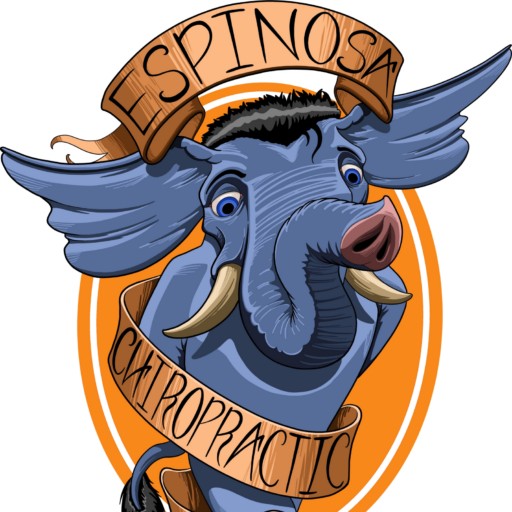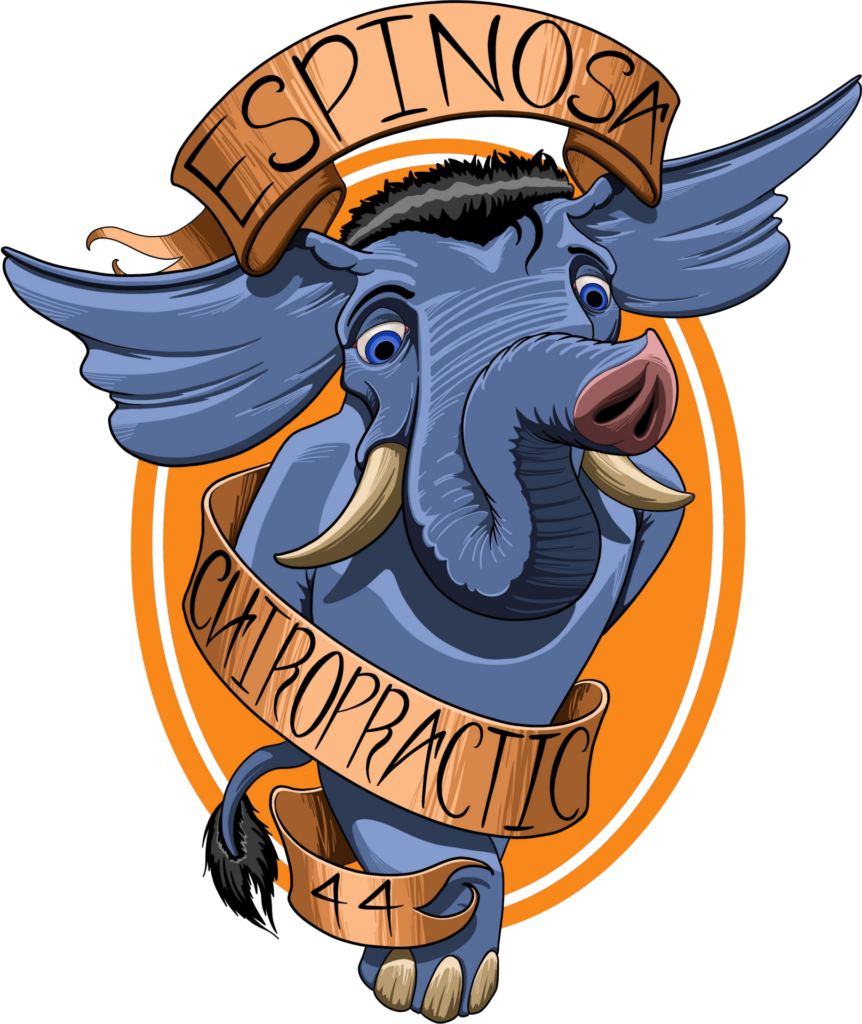Archive for November 2022
Foods for Strong Bones

One of the greatest things we can do to combat the bodily degeneration that comes with aging is to fortify our bones! Conditions such as osteoporosis, rheumatoid arthritis, and osteoarthritis have traditionally been associated with the elderly, but the startling fact is that with a shift toward a more sedentary society, Americans are facing the onset of degenerative bone conditions at an earlier age than ever. It is time that we start taking this issue seriously and being proactive about keeping our bones healthy and fortified against the incursions of inactivity and age.
Nutrition for healthy bones centers around two main ingredients: calcium for bone density and support and vitamin D as a supplement for calcium absorption and bone growth. Magnesium is another nutrient that helps with calcium absorption, although too much calcium can actually prevent magnesium from being absorbed. It is all about balance, after all. Here are some delicious food options that will keep your bones strong:
- Dairy, of the kind that is fortified with vitamin D: Yogurt, milk, cheese, and egg (particularly the yolk) contains high values of your daily percentage for both calcium and vitamin D.
- Salmon, while more renowned for its omega-3 properties, also contains almost your full daily serving of vitamin D.
- Dark, leafy vegetables such as spinach and collard greens are rich in calcium.
- Fortified cereal is delicious at any time of day.
- Fortified orange juice
Vitamin D is also the sunshine vitamin, so when you can make sure you get out and expose your skin to a reasonable amount of sunlight, without getting burned of course! You don’t need to be a professional in the kitchen or develop a taste for something you dislike in order to recoup the proper amounts of nutrients you need to keep your bones healthy. As your chiropractor, we care about your musculoskeletal well-being throughout life and that is why we practice holistic care that includes chiropractic treatment, exercise, and nutrition. Give our office a call and see how we can make small, yet delicious modifications to your diet that will help you stay proactive about, “getting old.”
Running Form

For all of its health benefits and ease of accessibility, it is almost unequaled as a mode of exercise and, at our chiropractic office, we celebrate the runners in our community. We also want to help them minimize the collateral damage incurred by joints in the back (not to mention, the knees!) which are exposed to repetitive trauma and hard surfaces. By all means continue running for the increased lung capacity and improved circulation, for the stress reduction, stretching and strengthening, but heed our advice regarding the pitfalls of running:
- Posture is important, to prevent a forward tilt of the pelvis which can destabilize the lower spine. Focus on keeping your face forward and not down, establishing your hips as your center of gravity, and keeping your shoulders back and relaxed.
- Mix up your running surfaces: strictly running on concrete is likely to cause accelerated cartilage degeneration and joint damage.
- Change your running shoes every 400-500 miles. Despite the financial burden, it is the only serious investment required for running and it goes a long way to protect your joints from being the only agents acting for shock absorption.
Your body is a fine-tuned machine that can handle the physical rigors of running but, given long enough, it can take a toll. We are here to make sure that your body is maintained along the way, ensuring that muscles are free of tension, joints in the back are adjusted and nerves are free of irritation. This helps regulate the nervous system, prevents pain, and helps you recover more quicker.
Plank you very much!

Planking is a super exercise
This exercise is a total body tonic because it focuses on building the core, which is the foundation from which the rest of the body can be developed on. Before you start to address the issues that have your shoulder and upper back in knots it is prudent to establish good core health and the plank is a go-to. Here are some of the benefits of daily planking:
- Reducing low back pain
- Increasing core strength and stability
- Boosting flexibility and balance
- Helping you maintain good posture
The recipe for a good plank.
To get the most out of your plank, it is important to observe proper form:
- Elbows directly under shoulders; wrists aligned with elbows
- Push body up and hold chin close to your neck
- Contract abdominals, squeeze glutes and thighs
Hold this position for 20-30 seconds (or as long as you can at first), no longer. Rest for 1 minute; repeat 3-5 times daily. When done properly, the plank targets every layer of the abdominal fascia with very little movement on your part. By pulling your belly button in, you can ensure that you are contracting the deepest layer of muscle possible.
Good form starts with a visit to the chiropractor.
As with all exercises, don’t attempt them if they cause you pain at any point. As your chiropractor, it is my job to make sure your body is in conducive shape for attempting strength-building movements. Planking daily will help you tone the muscles that make posture easier and this is a great way to combat a sit-heavy lifestyle; for help finding your perfect form, call our office to schedule an appointment today.
